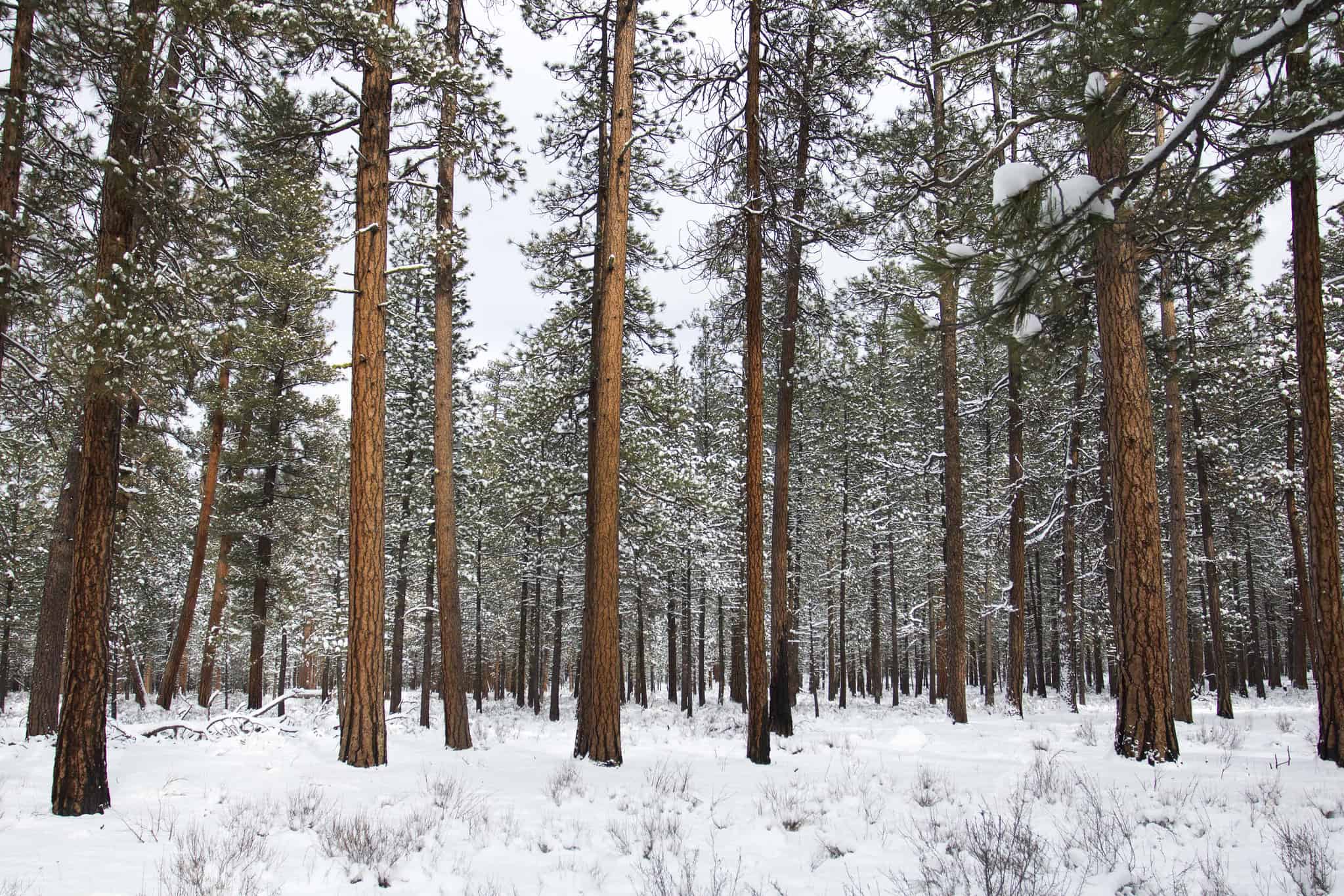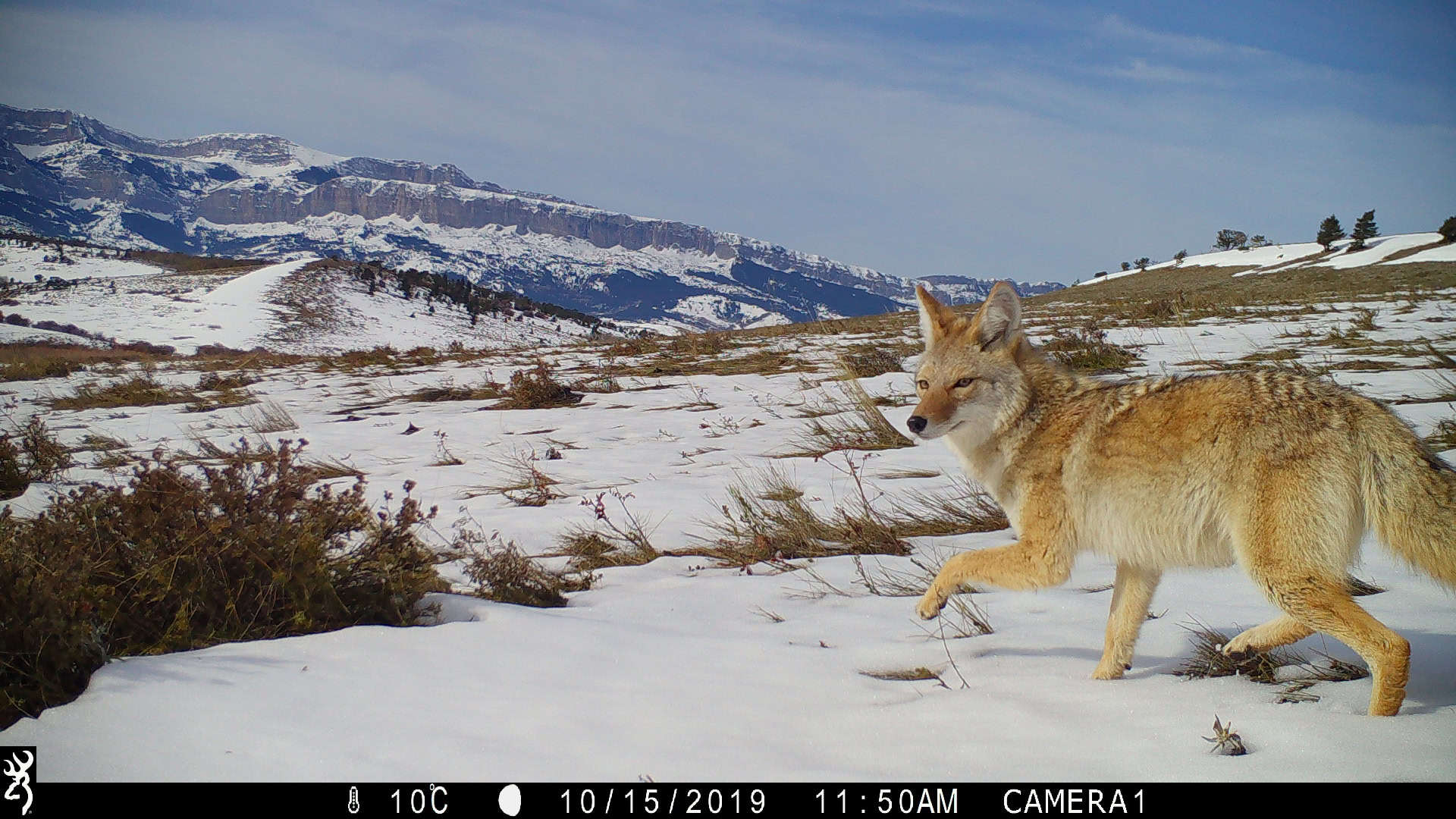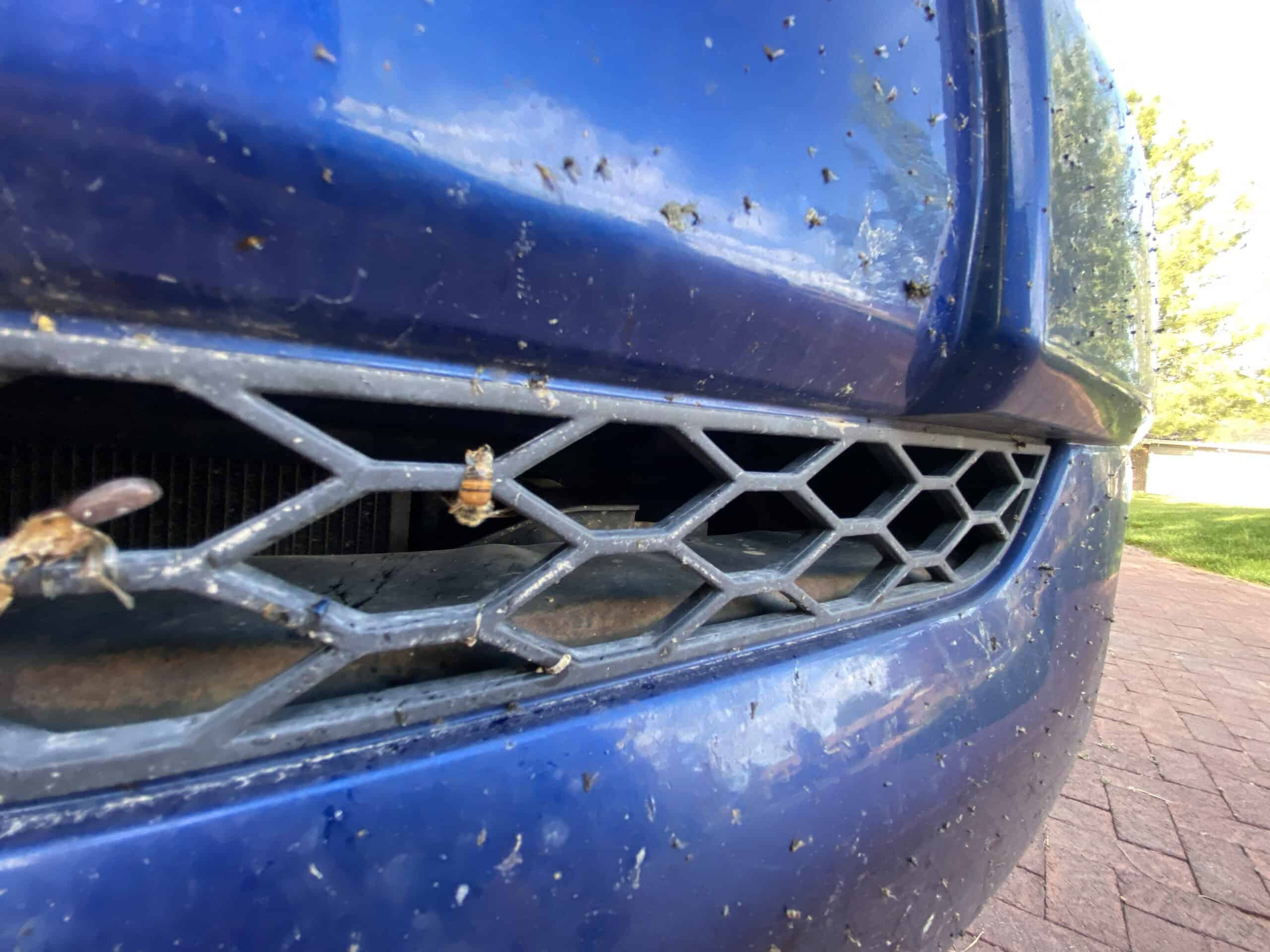Share this article
Frog conservation raises questions of legislative authority
Ongoing conservation efforts for one of the world’s most endangered species have raised questions about legislative authority impacting wildlife conservation in the United States.
The dusky gopher frog (Lithobates sevosus, also known as the Mississippi gopher frog) could once be found in abundance in the southeastern United States. Today, less than 100 individuals are found only within three ponds in the state of Mississippi. Threatened primarily by habitat loss, the International Union for Conservation of Nature declared the species one of the top 100 most endangered species in the world in 2012.
The U.S. Fish and Wildlife Service listed the dusky gopher frog as endangered under the Endangered Species Act in 2001. It wasn’t until 2012 that a critical habitat designation was released by USFWS, describing over 12,000 acres of habitat deemed necessary for the frog’s recovery and prohibiting actions that would cause adverse harm or modification to that habitat.
Included in the critical habitat designation were areas not occupied by the frog either at the time of its listing or at the time of the critical habitat designation – a decision that proved controversial.
USFWS was sued in Feb. 2013 by a group describing the designation as an “illegal land grab,” particularly regarding the designation of over 1,500 acres of private land in Louisiana. The group argued that USFWS’ designation was illegal in part because it included land which was currently unsuitable for the frogs, and on which the frogs were not and had not historically been found. That land, the group explained, would need to undergo extensive modification in order to become suitable habitat for the frog. USFWS, however, insisted that even land not occupied by the frogs needed to be designated in order to allow the frog’s population to recover and expand.
The lawsuit was seen in court in Aug. 2014. In the ruling, U.S. District Judge Martin Feldman upheld USFWS’ critical habitat designation for the dusky gopher frog – while at the same time criticizing the legislative authority by which that designation was made.
“The Court has little doubt that what the government has done is remarkably intrusive and has all the hallmarks of governmental insensitivity to private property,” Feldman wrote in the ruling. “The troubling question is whether the law authorizes such action and whether the government has acted within the law. Reluctantly, the Court answers yes to both questions.”
However, controversy over the designation continued. The case was brought to the 5th U.S. Circuit Court of Appeals in June 2016, which upheld the district court opinion. The majority opinion declared that USFWS’ designation was justified because “a critical-habitat designation alone does not require private landowners to participate in the conservation of an endangered species.”
The dissenting opinion, however, mirrored the concerns of landowners who opposed the designation. Dissenting Judge Priscilla Owen wrote that, under the precedent being set by this case, “vast portions of the United States could be designated as ‘critical habitat’ because it is theoretically possible, even if not probable, that land could be modified to sustain the introduction or reintroduction of an endangered species.”
In Aug. 2016, private landowners petitioned for a rehearing following the Court of Appeals decision. Shortly after, 15 states supported the landowners’ petition by also requesting a rehearing. These states expressed concerns that critical habitat designations such as this allow the government sweeping authority that is inconsistent with Supreme Court precedent and the language of the ESA.
A response to the petition for rehearing is due by Aug. 26. In the meantime, conservation efforts including captive rearing and reintroductions continue in an attempt to recover populations of the dusky gopher frog.
Header Image: The dusky gopher frog is identified by the IUCN as one of the 100 most endangered species in the world, currently found only within three ponds in Mississippi. ©USDA








